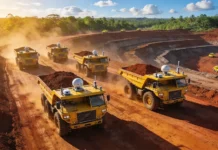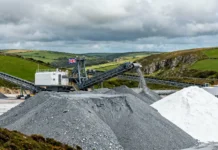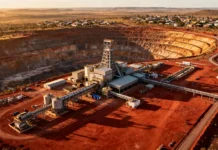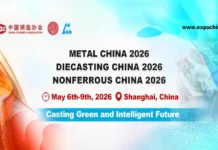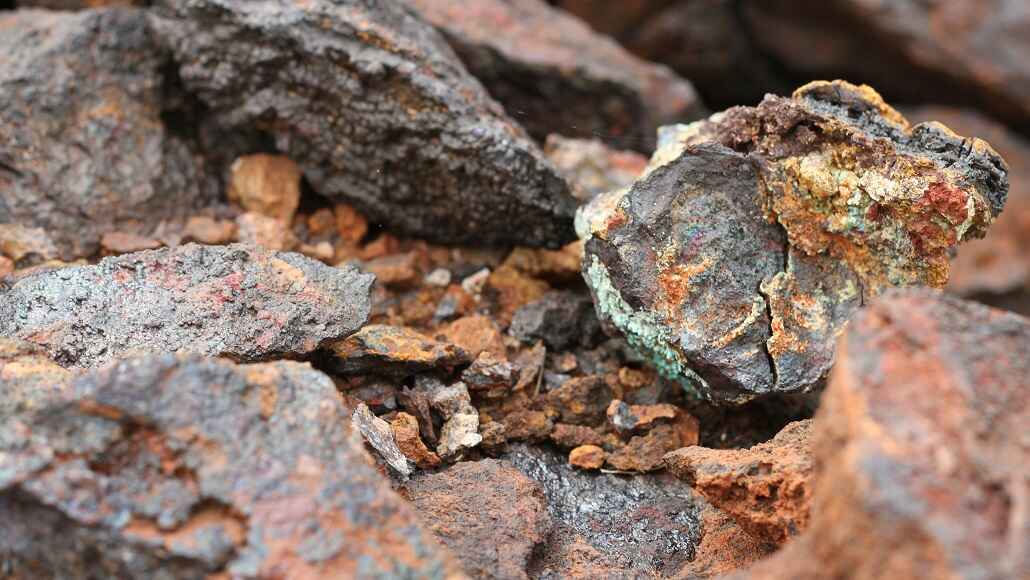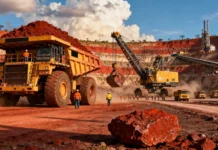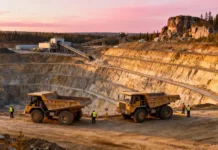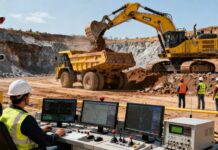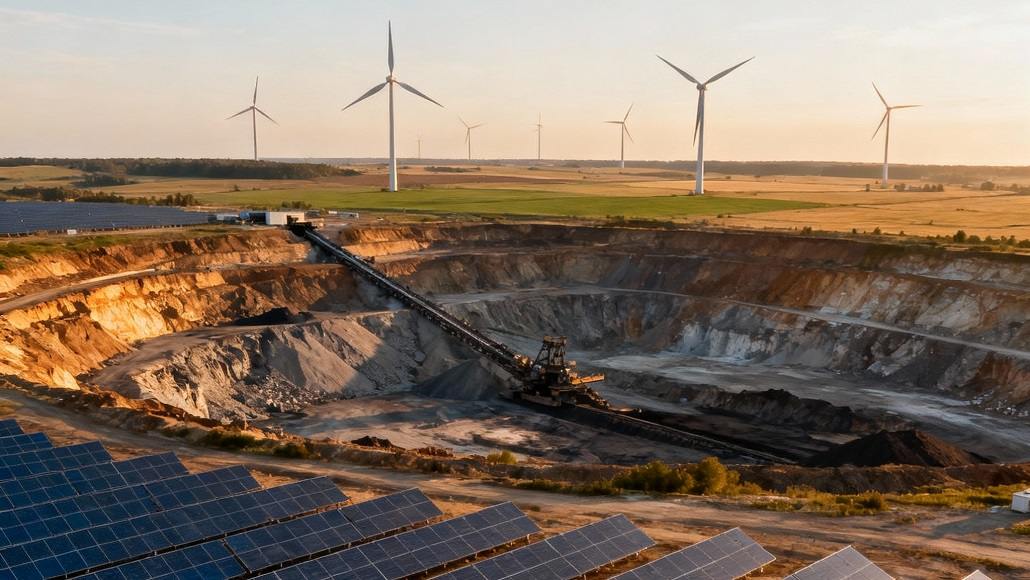Can Mining Truly Go Net-Zero? Charting the Path to Decarbonized Operations
The global mining industry confronts an unprecedented challenge. Responsible for approximately 7 percent of global greenhouse gas emissions, mining faces mounting regulatory pressure, investor expectations, and stakeholder demands to fundamentally decarbonize operations. Yet the question persists: can mining genuinely achieve net-zero emissions, or does this goal remain perpetually aspirational?
The answer emerging from leading mining companies and industry innovators suggests that net-zero mining operations are achievable, but only through comprehensive transformation spanning energy systems, processing technologies, and operational philosophies. The path forward demands simultaneous action across multiple fronts—and companies demonstrating commitment to this transition are already demonstrating measurable progress toward genuine decarbonization.
Understanding the Emissions Challenge
Mining’s carbon footprint encompasses multiple sources. Direct emissions stem from on-site energy consumption, vehicle fleets, and processing operations. Scope 3 indirect emissions arise from supply chain activities, contractor operations, and end-of-life product handling. For most mining operations, energy consumption represents the largest emissions driver. Mining’s energy-intensive processes—crushing and grinding ore, concentrating minerals, smelting, and refining—consume enormous quantities of electricity and fuel.
Traditional mining operations rely heavily on diesel-powered equipment and grid electricity generated from fossil fuel sources. In regions with lower-cost coal-generated electricity, mining operations often take advantage of inexpensive power despite its carbon intensity. This dynamic created perverse incentives where economically rational decisions reinforced carbon-intensive practices. Green mining initiatives work to decouple economic advantage from carbon intensity.
Clean Energy Transformation as Foundation
The most critical pathway toward net-zero mining operations involves fundamentally reengineering energy systems. Leading mining companies increasingly commit to renewable electricity procurement for operations. Some of the world’s largest mining firms have announced targets to source 100 percent renewable electricity by 2030 or 2035. These commitments prove feasible through combinations of on-site renewable generation, power purchase agreements with renewable energy providers, and grid electricity increasingly sourced from renewable generation as energy systems worldwide transition.
Solar and wind installations serve mining facilities directly in many cases. The scalability and cost-effectiveness of renewable energy technologies have improved dramatically. In regions with strong solar resources—relevant for many mining locations in arid and semi-arid zones—solar generation proves increasingly economical compared to traditional fossil fuel alternatives. Wind resources in mountainous regions and coastal areas similarly enable renewable energy deployment at mining sites.
Beyond Electricity: Addressing Fuel and Process Emissions
Decarbonization extending beyond electricity consumption requires innovation in vehicle and fleet electrification plus transformation of energy-intensive processing operations. Mining fleets comprise thousands of vehicles—haul trucks, loaders, drill rigs, and support equipment. Electric versions of this heavy equipment, once unavailable or prohibitively expensive, increasingly enter the market. Several mining companies now operate small fleets of electric haul trucks in production settings. Battery technology improvements and manufacturing scale-up continue expanding the practical applications and cost-effectiveness of electrified mining equipment.
Process-related emissions present distinct technical challenges. Smelting and refining operations require sustained high-temperature processing that often depends on fossil fuels. Carbon reduction in these operations requires alternative approaches. Some facilities explore hydrogen-based reduction processes replacing conventional carbon-intensive smelting. Others investigate electric arc furnaces for certain refining applications, directly converting electrical energy to heat without fossil fuel combustion.
Carbon Reduction Technologies and Innovations
Emerging technologies specifically targeting carbon reduction in mining continue expanding possibilities for deeper decarbonization. Advanced waste heat recovery systems capture thermal energy released during processing and repurpose it for other operational needs. Innovative ore concentration methods reduce the volume of material requiring further processing, directly cutting energy consumption. Enhanced mineral flotation techniques employing machine vision and selective reagent deployment minimize waste while maximizing resource recovery.
Geological survey innovations help mining companies identify higher-grade ore deposits, reducing the volume of material requiring processing to achieve production targets. Better resource location means less overall activity for equivalent output. Early-stage exploration technologies employing advanced geophysics and data analytics enable faster, more accurate identification of economic mineral deposits before expensive extraction begins.
The Circular Economy Dimension
Carbon reduction deeply connects with circular economy principles in mining. Traditional mining follows linear extraction-to-waste patterns, where substantial portions of processed material end up as tailings rather than valuable product. Circular mining approaches recover value from these historically discarded streams. Tailings repurposing for construction materials, aggregate production, or feedstock for other industries eliminates disposal requirements while creating secondary value streams.
Advanced processing technologies enable this transition. Enhanced gravity separation, sophisticated flotation improvements, and novel metallurgical processes recover valuable minerals from tailings. This has profound carbon implications. Processing previously discarded tailings generates additional revenue with minimal additional exploration and extraction. Compared to conventional mining of virgin deposits, reprocessing existing tailings typically demands substantially less energy and generates fewer emissions per unit of valuable output.
Clean Energy Models in Practice
Several mining operations demonstrate that carbon reduction is achievable at scale. Select copper mines now operate with renewable electricity sourcing exceeding 50 percent. Gold mining operations in regions with strong solar resources increasingly incorporate on-site solar generation, reducing grid electricity dependence. Battery metal mining—increasingly critical for electric vehicles and renewable energy storage—particularly emphasizes low-carbon production, as buyers increasingly prefer suppliers demonstrating emissions reductions.
These operations don’t achieve zero carbon through renewable electricity alone. They employ multiple complementary strategies: energy efficiency improvements reducing total energy consumption, process innovation minimizing waste, fleet electrification where feasible, and in some cases, carbon offset programs for emissions that cannot be directly eliminated. The combination of these approaches enables measurable progress toward net-zero mining operations.
Barriers and Transition Challenges
Despite genuine progress, legitimate obstacles confront the path toward comprehensive decarbonization. Remote mining locations often lack access to renewable energy infrastructure or grid connections offering renewable electricity. Established mining facilities face substantial retrofitting costs and operational disruption implementing new energy systems. Some processing operations—particularly high-temperature smelting—lack proven commercially viable alternatives to current energy approaches.
Capital requirements for transition present significant barriers for smaller mining operators. Large multinational firms increasingly commit resources to decarbonization partly because their scale enables amortizing transition costs across large production volumes. Smaller mining companies often lack equivalent capital access or profitability to fund similar transitions. This dynamic risks creating a divided industry where large operators advance decarbonization while smaller producers maintain carbon-intensive operations.
The Path Forward: Net-Zero Achievability
The evidence emerging from pioneering mining operations suggests genuine net-zero mining operations are achievable, but not inevitable. Achieving this outcome requires deliberate commitment across multiple dimensions: sustained investment in renewable energy infrastructure, systematic technological innovation, workforce retraining supporting operational transformation, and policy frameworks providing incentives for decarbonization.
The mining industry’s transition toward net-zero operations will likely prove uneven, with leading companies demonstrating genuine progress while others lag behind. However, the trajectory seems clear—mining companies succeeding over the next decade will be those viewing decarbonization not as corporate responsibility burden but as competitive imperative. Investors increasingly favor companies with credible decarbonization pathways. Customers increasingly prefer suppliers demonstrating emissions reductions. Skilled workers increasingly seek employment with companies demonstrating genuine environmental commitment.
The question of whether mining can truly achieve net-zero operations appears increasingly to resolve toward affirmative. The better question becoming relevant for mining operations now is how rapidly they can implement the comprehensive transformations required to chart their path to decarbonized operations.


